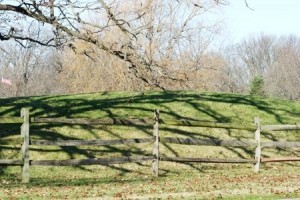
Usually, the reasons why tree limbs fall are painfully obvious. High winds, rain, and snow are usually the final ingredient for disaster. Falling limbs are no joke either. They can cause significant damage to property, injury, or even death.
In most cases, weather alone can’t bring down a healthy tree limb. So why are some more prone to falling than others? More importantly, how can you tell when you, your family, and the home you live in are in danger?
Unfortunately, there’s no surefire way to predict a falling limb. But there are a few telltale signs to watch out for, and it’s up to you to educate yourself, potentially saving yourself from a major headache down the road.
The most obvious reason for a limb to fall is that it’s dead. Spotting a dead limb is usually pretty easy. They will appear brittle, dry and without the usual array of leaves. While weak limbs are easy to spot, weak branch unions are more difficult to catch.
A branch union refers to the place where a branch meets the stem. In a healthy branch union, those annual rings of wood—you know, the ones that tell you how old a tree is when you chop it down—will grow together between the branch and the stem.
When the stem and branch grow too close together, bark can grow right inside the tree, separating the annual rings of wood and weakening the union. Two large limbs meeting at the same place will lead to a similar problem, as the union is sometimes unable to support the weight of both. In both cases, the weak unions can eventually break, causing the limbs to fall.
Another cause of weak unions are water sprouts, or as an arborist would say, epicormic branches. These are new branches that replace ones that have already broken or been removed. They have a tendency to grow on weak unions. And because water sprouts grow quickly, their weight can quickly overtake the weak union.
There are other signs of a weakening tree or limb. For example, a relatively healthy limb could be growing on a decaying stem or branch, making the whole thing more likely to fall. Also, heavy mushroom growth and cankers can be a sign of decay from the inside.
The only way to know for sure that your trees are safe is to hire an experienced professional to take a look at them. Keeping an eye on the gentle giants can help to keep your family and property safe from sudden and unexpected harm down the road. If you have any doubt at all, don’t hesitate to call Big Foot Tree Service, New Jersey’s best residential tree cutting service, today.









Recent Comments